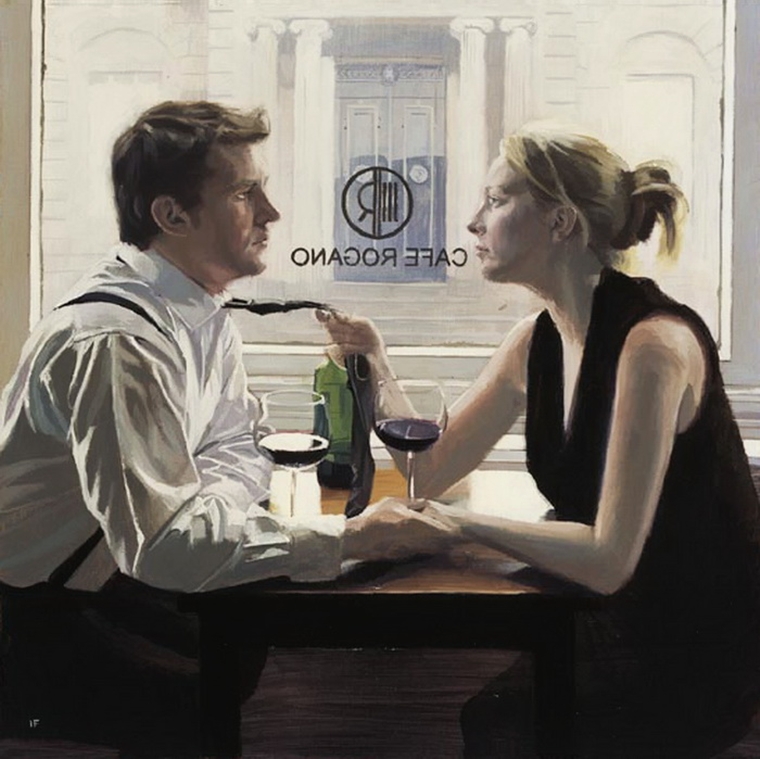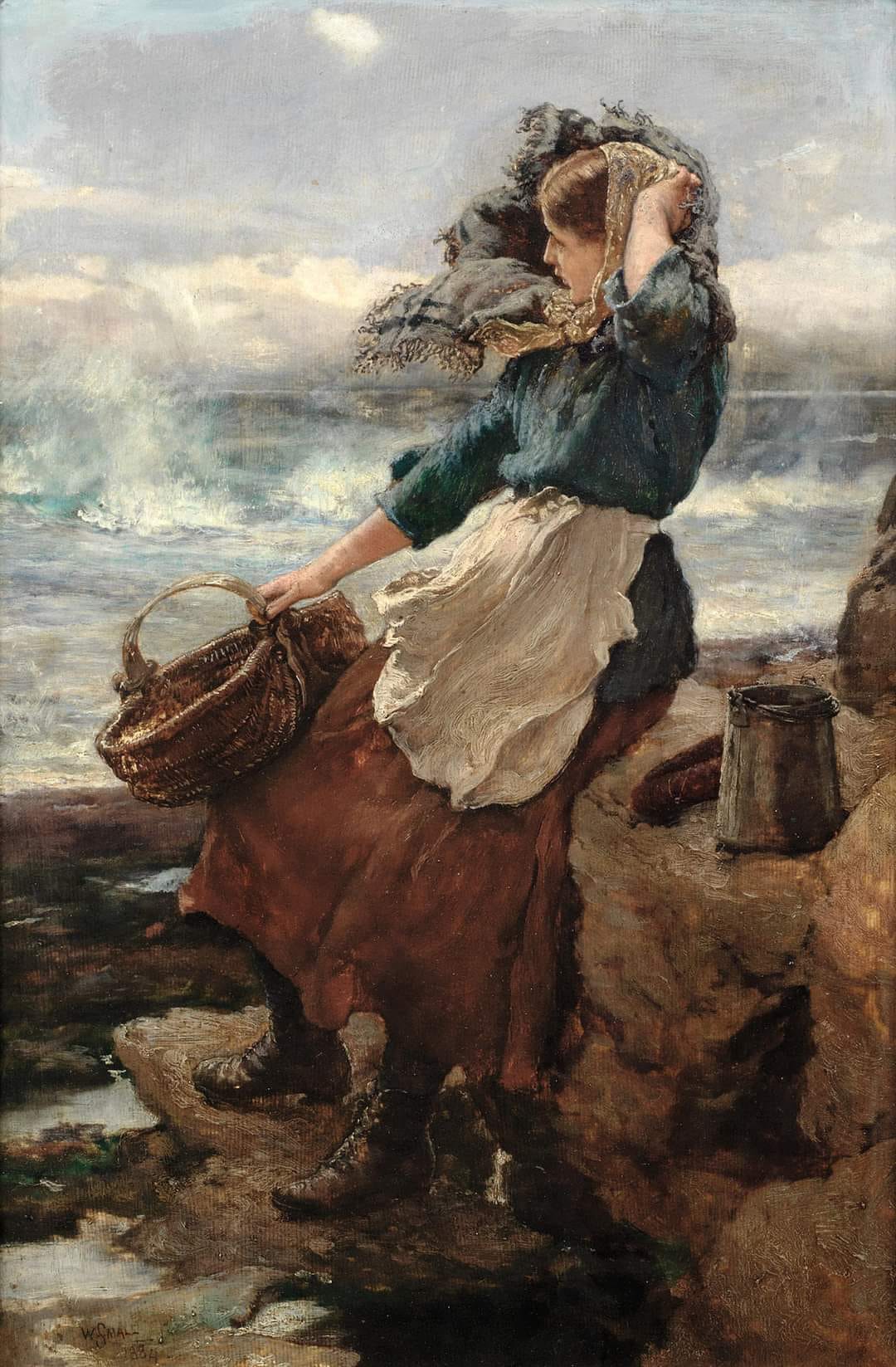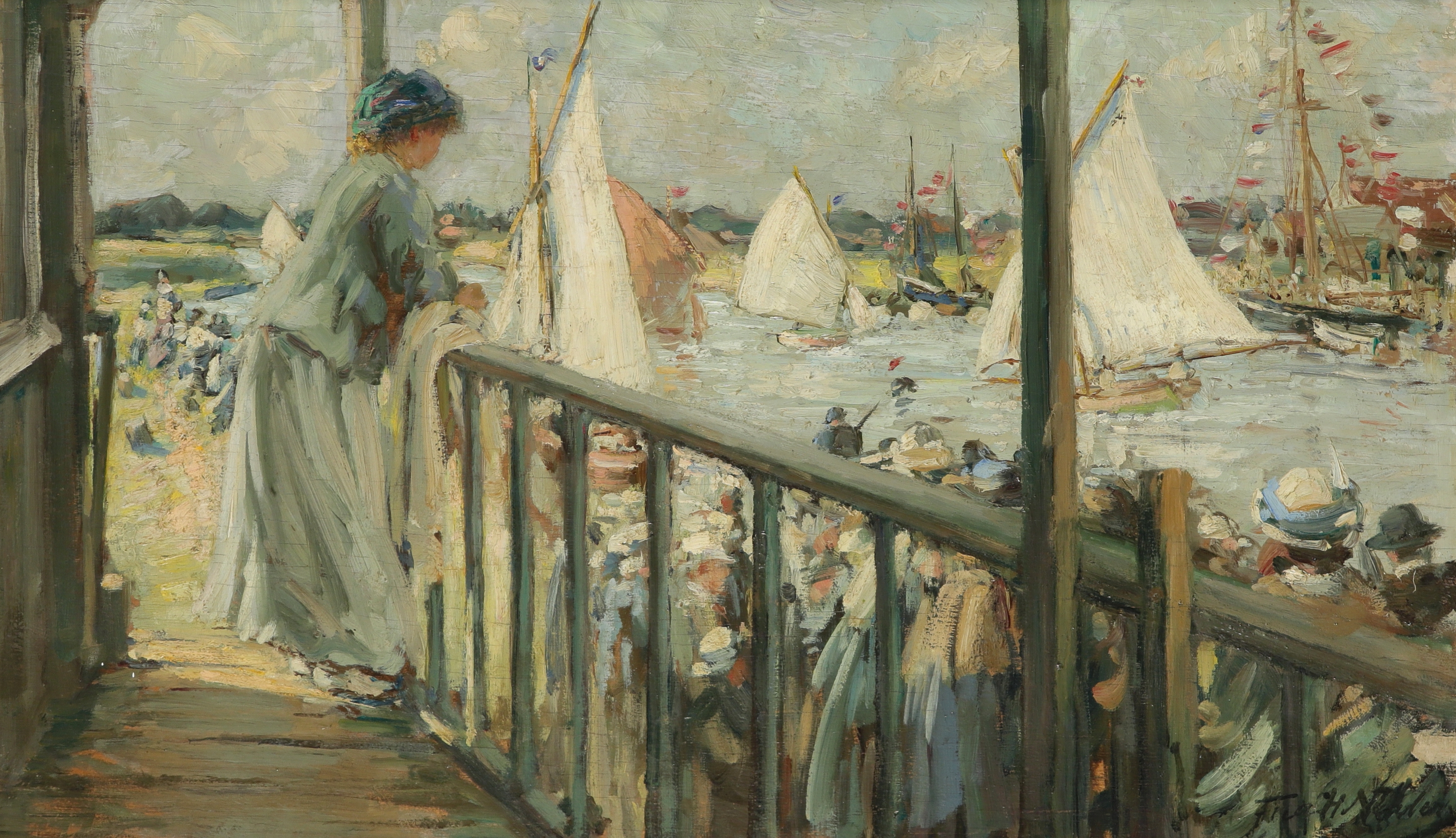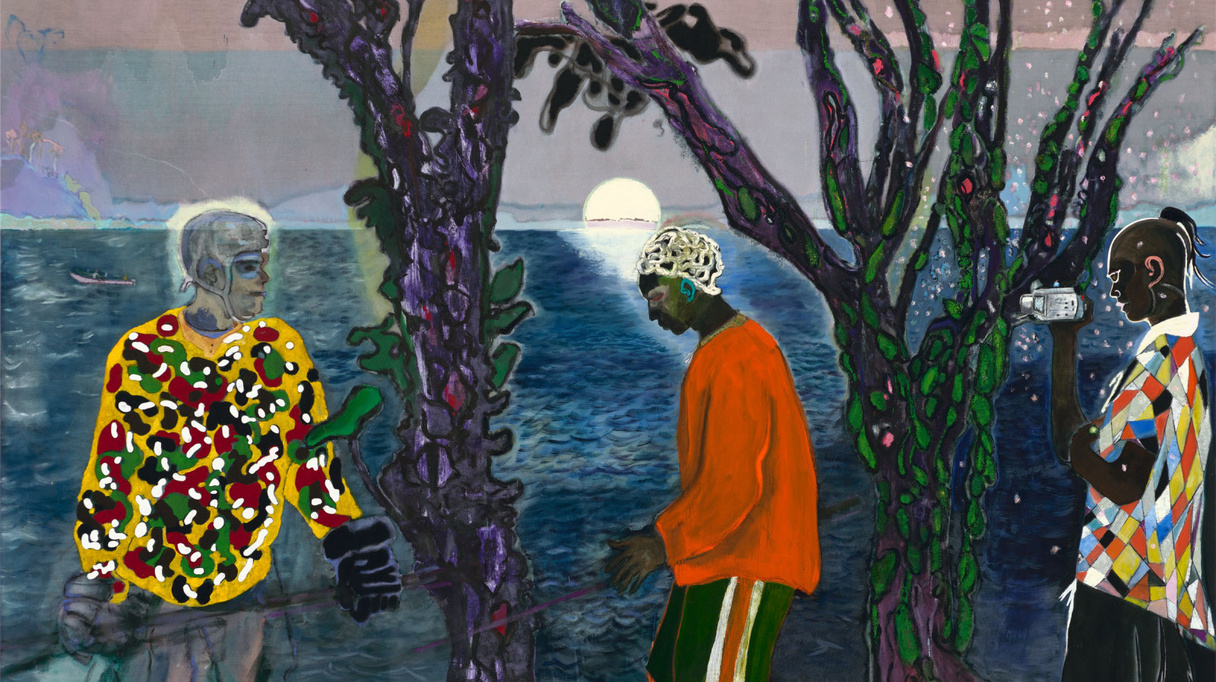Scottish painter Iain Faulkner was born in Glasgow where he was raised and educated.
He graduated from Glasgow School of Art in 1996 with a BA (Honours) Degree in Fine Art.
From the onset of his professional career, the fashionable and trendy routes of contemporary and conceptual art, adopted by many of his peers, was not an option.
He chose instead to follow the more difficult and demanding path of figurative painting wherein clear, concise yardsticks of competence, draughtsmanship and painterly skills can be measured and judged, warts and all.








